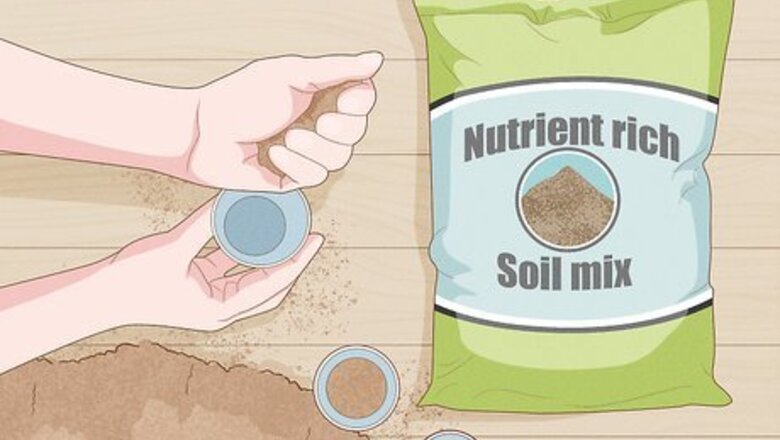
views
Planning your Flower Garden
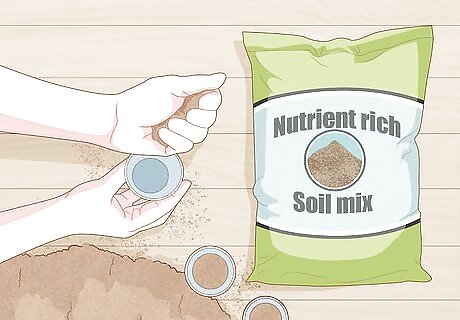
Obtain the most suitable soil. Flowers, like most plants, need good soil to grow up strong and healthy. Regardless of whether you are planting your flowers in a pot or a garden, good soil is a must. If you don't already have good soil. find out what potting medium is the best for the flowers you are growing and then try to find the best location or potting mix for your flowers.
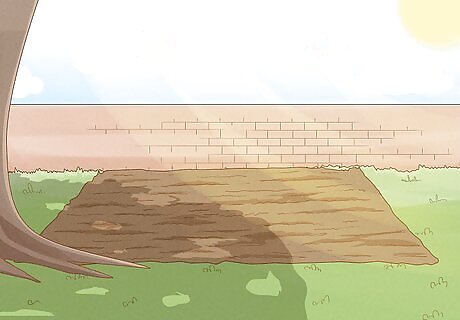
Select your location. Although flowers are typically easy to grow, they can’t be grown just anywhere. An area with too much direct sun or too much shade will be difficult for some flowers to grow in. Find out what type of light is best for the flowers you are planting. If you have a specific plant in mind to grow, check the light preferences for that plant and choose your plot accordingly. You may end up wanting to choose an area with more or less sun than your original plot has. If you plan on planting several different types of flowers, choose ones with similar light/shade requirements so that they grow equally well in the same location.
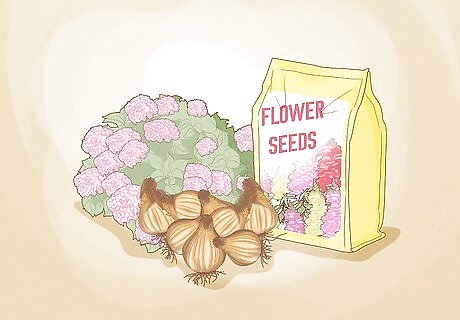
Decide on your flowers. Visit a local gardening center to choose the best flowers for your garden. Growing from seeds, a small plant, bulbs, or a cutting requires nearly the same process, so focus on flowers that you enjoy and that will add a beautiful appearance to your yard. Check the tags that come with the flowers or seed packets to make sure the flower is right for you. Look for the completed growth size of the flower. Will it become very large and bushy, or stay relatively small? Will it grow upwards and become tall or outwards like a vine? Ask about native flowers before looking at all the available varieties. Flowers indigenous to your area are already known to be successful growers in your soil, temperature, and humidity zones. Check to see if the flower you are growing is an annual or a perennial. Annuals bloom only once a year and must be replanted yearly, but are known for their bright colors and beautiful blossoms. Perennials grow back every year without needing to be replanted and will continue to grow larger over time. Read the tag for the watering requirements for the flowers. Some need water often, while others require it only infrequently. If you are getting multiple different species of flower, try to choose ones with similar watering requirements.

Plant at the right time. Even with the perfect soil, ideal location, and healthy flowers, if you don’t plant at the right time your garden may not grow well. Most flowers don’t do well in weather that is too cold or hot, so it is usually best to plant flowers in spring because it is between these periods. Although planting in the spring may seem obvious, there is an art to choosing the perfect time. With the exception of bulbs and wildflowers—plant these flowers in the fall—wait to plant flowers till at least two weeks after the most recent frost, and avoid planting until temperatures at night stay above freezing on a regular basis. Use a farmer’s almanac to find the best time to plant flowers in your area. Because of differences in weather in different locations, flowers can be planted anywhere from February - July. Check the seed packets of the flowers you are planting to find the best planting time for your flowers.
Planting Your Flowers
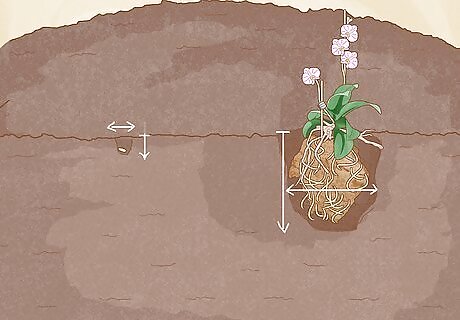
Dig a hole. If you are planting your flowers from seed, you will usually only need to plant your seeds ⁄4 inch (0.6 cm) deep, but it is important to check the specific planting recommendations for any flower you want to plant to find out how deep to plant them. A transplanted/potted flower will need a hole as deep as the root ball that it comes with. Flowers don’t need to be smothered with soil, so burying that deep isn’t necessary. Read the packet for any specific recommendations on the size of the hole. Depending on the species of flower, you may need to dig a shallower hole.
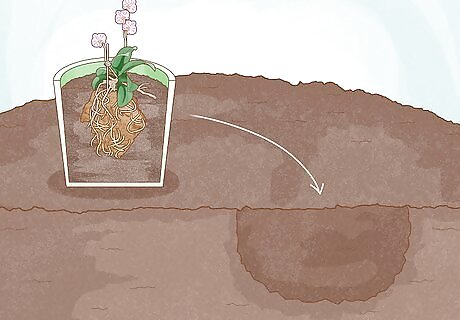
Get out your flowers. This step is mainly for potted flowers that are being transplanted. While the flowers are still in a plastic pot, water them heavily to drench the soil. Then, pull the flowers out of the pot and gently break up the root ball with your fingers. This will help the roots of the flowers to grow out into the soil, rather than back into a confined lump.
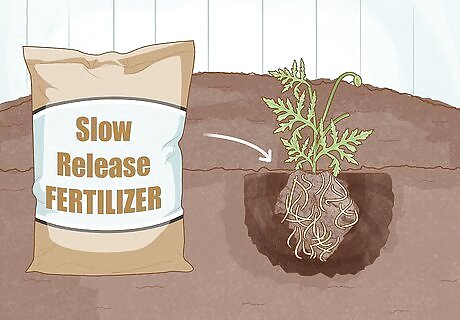
Feed your flowers. Putting a bit of slow-release food for flowers (similar to fertilizer) will help new plants to grow quickly. Add a few tablespoons to the bottom of each hole, and gently incorporate it into the soil with your fingers.
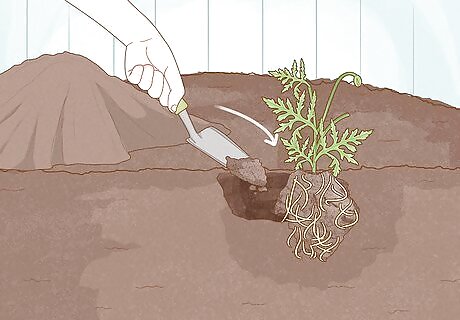
Plant your flowers. Place each plant into the individual holes prepared for them. Use your hands to fill in the empty space around each flower and cover the top of the root ball. Avoid adding much soil to the top of the flower; the stem of the flowers should never be covered by the dirt.
Maintaining Your Flowers
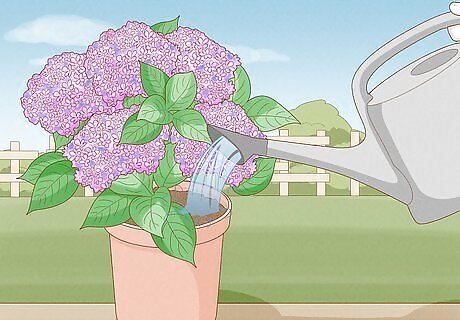
Water your flowers regularly. Unless you are experiencing rain on a daily basis, take the time to give water to your flowers. Although individual needs vary based on humidity and the type of plant, it is most common to add several cups of water to each plant by using a watering close to the soil to avoid disturbing the growing flowers or causing soil erosion. You can also have a sprinkler or drip system installed to do the work for you on an automated basis.
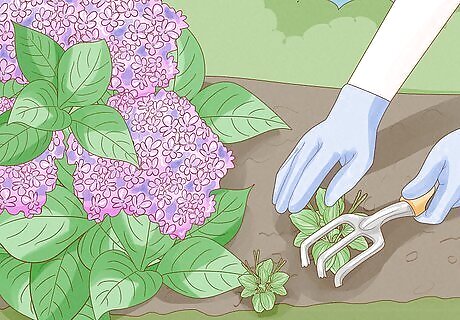
Weed the area. You want your flowers to be the focal point of your little garden plot, so don’t let weeds steal the show! As you see them appear, pull out unsightly weeds from the soil around your flowers. Not only are the weeds unattractive, they take nutrients from the soil and space in the ground that your flowers need to grow healthily.
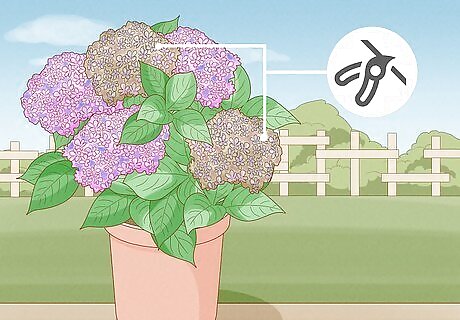
Deadhead your flowers. Whenever blooms on your flowers die off or become old and wilted, cut them off. Cutting off the dead blossoms and leaves will stimulate new growth and have your flowers looking even more beautiful than ever.
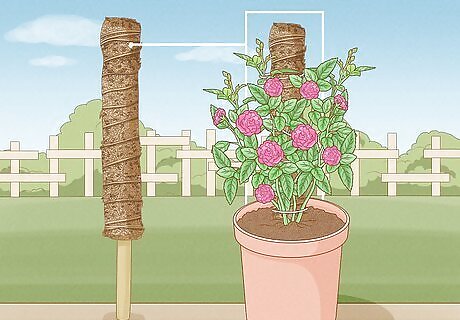
Add support. If your flowers are tall growing, over time they may become too heavy to stand on their own. Add bamboo stakes or forked branches upright in the ground for the plants to lean against or wrap around for support. This is particularly helpful and necessary for vine-y flowers which grow by wrapping around things.
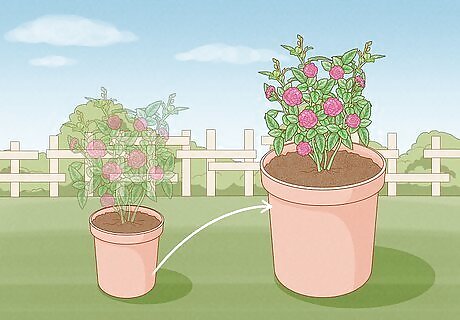
Consider relocating. As you continue to help your flowers grow, they may become too large for the plot you originally chose for them. Consider moving them to a larger location and adding new flowers to their old location. This will keep your garden growing big, healthy, and beautiful!



















Comments
0 comment